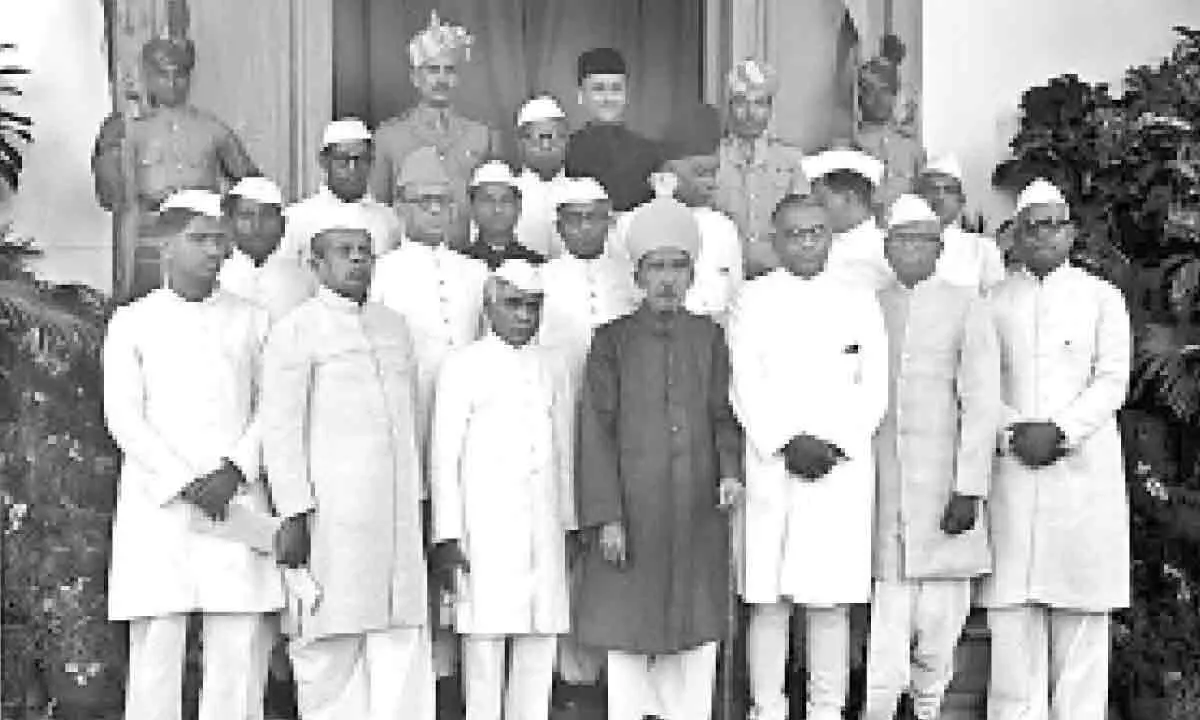Live
- ‘Krishnamma’ Trailer: Satya Dev Starrer Promises a Gripping Crime Drama
- "NDA Alliance Candidate Yarlagadda Venkatarao's Wife Yarlagadda Gnaneshwari Conducts Election Campaign for Women Empowerment in Gannavaram Constituency"
- MLA Mekapati Vikram Reddy vows to complete High Level Canal, promises to provide irrigation and drinking water to Metta constituencies within six months
- Chintamaneni Prabhakar denies corruption allegations on him
- Commerce Min may include e-com hubs in its 100-day plan
- Govt lowers windfall tax on crude oil
- Urgent action needed to save India’s $700 mn spice trade
- "Gang of Land Scammers Busted by C.C.S. Police in Sangareddy District"
- GST mop-up surge 12.4%, at record high of Rs 2.1L cr in Apr
- "Cantonment Congress MLA Candidate conducts house to house campaign in Shivaji Nagar and Kummari Guda"









